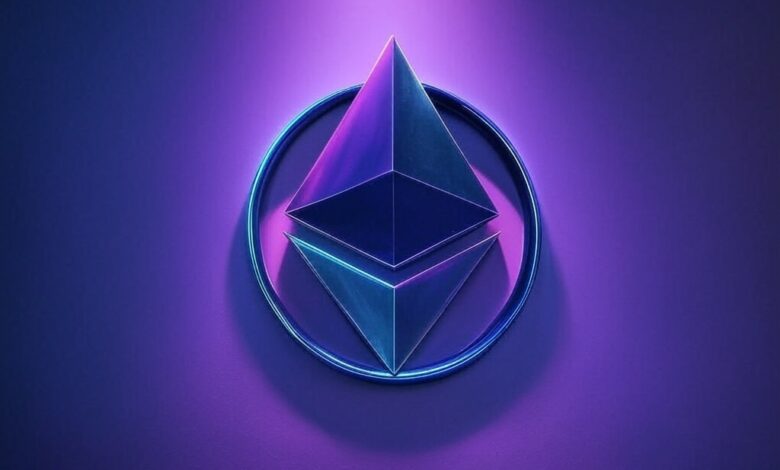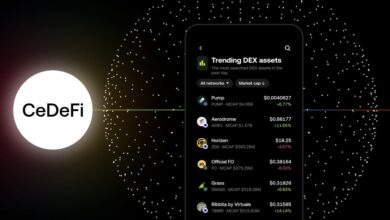A New Era for Ethereum: Buterin Charts the Road Ahead

Ethereum co-founder Vitalik Buterin has unveiled a comprehensive plan to simplify the blockchain’s architecture, addressing long-standing concerns over its growing complexity and barriers to developer participation. The proposal comes after months of criticism targeting Ethereum Foundation’s technical direction and governance.
With over $59.88 billion in total value locked (TVL) across its ecosystem, Ethereum remains the leading smart contract platform. However, as layer-2 and layer-3 solutions expand to meet scalability and adoption challenges, the base layer’s complexity has drawn scrutiny from developers and industry observers alike.
A Vision for a Simpler Ethereum
In a recent blog post, Buterin acknowledged that Ethereum has become technically intricate, making it difficult for new developers to onboard, maintain projects, or contribute to the network’s evolution. He highlighted the Ethereum Virtual Machine (EVM) — the core of the network’s smart contract functionality — as a prime candidate for simplification.
Buterin’s vision is to streamline Ethereum’s design, bringing it closer in simplicity to Bitcoin’s architecture, which he notes is easily understandable even for high school students. By reducing complexity, he argues, Ethereum can lower infrastructure costs, ease maintenance burdens, and improve overall network performance.
A Roadmap to Reduce Complexity
Outlining a roadmap for simplification, Buterin suggested that Ethereum’s development team should set clear goals, including limiting the long-term size of the codebase. He pointed to Bitcoin’s minimalistic approach, where hobbyist developers can easily build side projects, as an example of what Ethereum could aspire to.
One of his key proposals is to introduce a cap on the number of allowed lines of code in Ethereum’s core components, aiming to maintain a lean and efficient protocol. This, Buterin believes, would make the network more accessible to developers and align with the decentralized ethos of blockchain technology.
Driving Developer Participation & Decentralization
Buterin also proposed specific coding guidelines to facilitate onboarding for new developers, encouraging a broader community to build on Ethereum. This push comes as Ethereum’s market share relative to Bitcoin has been declining, with the ETH/BTC ratio hitting its lowest level since early 2020, at 0.01766 in January.
Despite concerns that past upgrades, such as the transition from proof-of-work (PoW) to proof-of-stake (PoS), have compromised Ethereum’s decentralization, Buterin emphasized that simplification is inherently a step toward greater decentralization.
“Simplification and decentralization are two sides of the same coin,” Buterin wrote, stressing that this shift requires a cultural change within the developer community. He admitted that the benefits of such an overhaul might not be immediately visible but insisted that the extra effort to rebuild Ethereum from the ground up is essential for its long-term competitiveness.
Buterin’s proposals signal Ethereum’s renewed ambition to match Bitcoin not only in terms of adoption but also in ideological purity.
By embracing simplicity, Ethereum hopes to strengthen its position as a secure, developer-friendly platform while maintaining its edge in decentralized applications and smart contracts.





